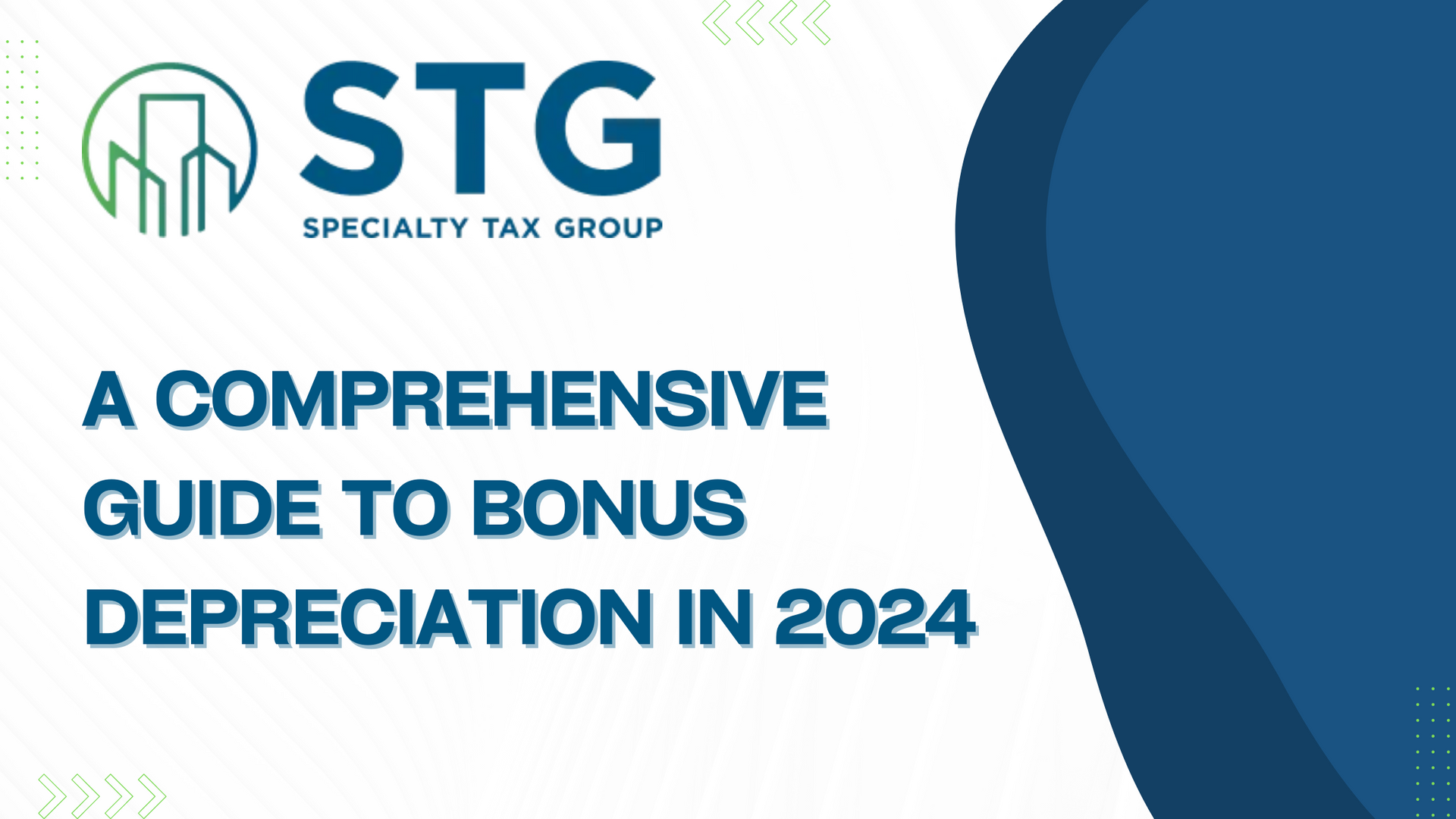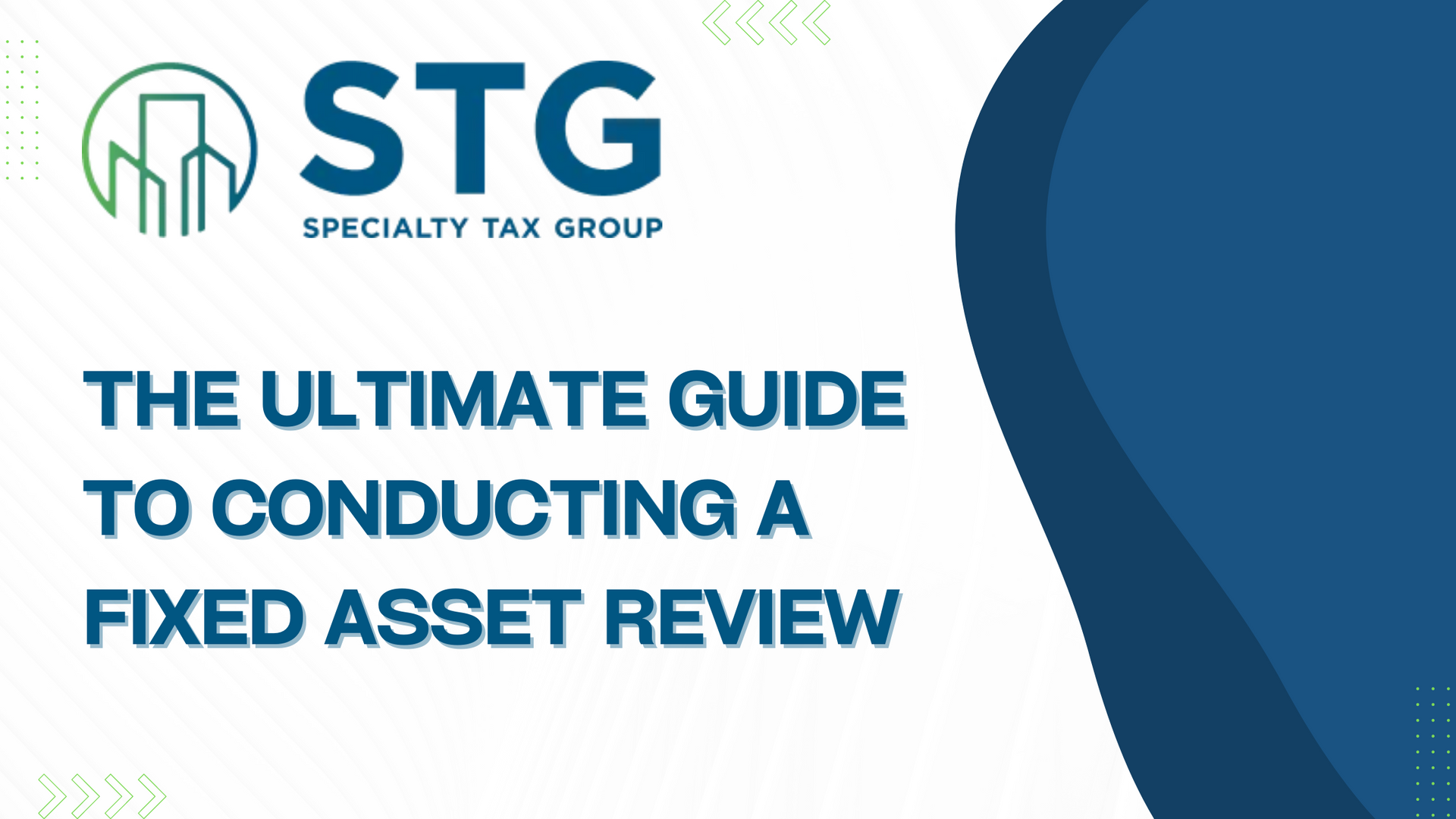Specialty Tax Group
Comprehensive Fixed Asset Reviews
A Comprehensive Fixed Asset Review is a powerful tax planning strategy that evaluates a taxpayer’s entire depreciation schedule to find a multitude of opportunities to accelerate deductions and vastly improve cash flow. While this strategy includes reviewing assets for missed cost segregation studies, for taxpayers with numerous assets, this is a vastly superior planning idea since it reviews all assets for a multitude of opportunities, including:
- Cost Segregation – Commercial buildings are depreciated slowly over 39 years. A cost segregation study carves out components from buildings that qualify for more rapid depreciation, such as land improvements and personal property.
- Individual Asset Review – Individual assets are often inappropriately depreciated as part of a building, such as process-related plumbing, electrical, and ventilation systems. This study identifies assets qualifying for more rapid depreciation.
- Capital to Expense Studies – The new TPRs allow taxpayers to retroactively review expenditures that were capitalized but qualify as repair and maintenance expenses, such as replacing roof membranes, resealing parking lots, and replacing of HVAC components.
- Retirement Studies – Taxpayers often have ‘ghost assets’ in their fixed asset systems, such as removed roofs and HVAC components. A retirement study identifies these assets, allowing taxpayers to immediately deduct the remaining undepreciated basis.
- Partial Dispositions – The TPRs now allow taxpayers who make improvements to their facilities to immediately deduct the cost of the removed building components and to instantly write-off undepreciated basis amounts.
- §179D Energy Efficient Commercial Building Deduction – Taxpayers who construct new buildings or make improvements to existing ones can take an immediate deduction of up to $1.80/SF for investments in efficient lighting systems, HVAC and hot water systems, and the building envelope.
- §45L Energy Efficient Home Credit –allows eligible developers to claim a $2,000 tax credit for each newly constructed or substantially reconstructed qualifying residence, which includes single family homes, apartments, condominiums, and student housing.
- Demolition Costs – Demolition costs for building improvements are often capitalized with the cost of a new asset but can now be immediately deducted under the new TPRs
- Bonus Depreciation – Bonus depreciation allows taxpayers to immediately write off from 30% to 100% of the purchase price of a new asset, but is often missed. This study identifies missed bonus opportunities.
- Intangible Asset Review – Taxpayers often have intangible asset on their fixed asset records that are amortized incorrectly or can be removed, such as an expired non-compete agreement. This study reviews intangibles for opportunities to accelerate amortization.
Ready For A Conversation?
Contact us today and our friendly team will reach out as soon as possible.
Our Recent Posts
Read Our Blogs
© 2024
All Rights Reserved | Specialty Tax Group | Powered by Automationlinks | Privacy Policy




